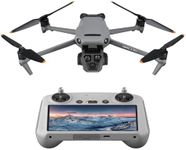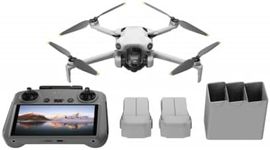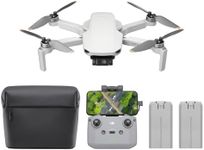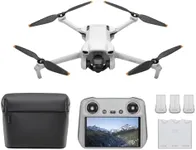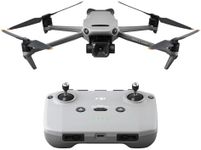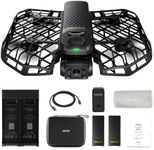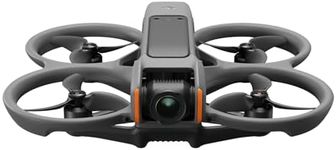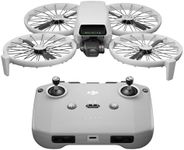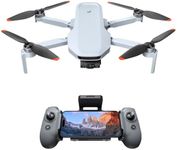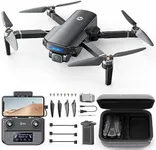Buying Guide for the Best Drones
Choosing the right drone can be exciting but also a bit overwhelming because there are so many options and features to consider. The best way to start is by thinking about what you want to use the drone for—whether it's for fun, photography, racing, or professional work. Once you know your main purpose, you can focus on the features that matter most for your needs. Understanding the key specifications will help you make a smart choice and ensure you get a drone that fits your expectations and skill level.Camera QualityCamera quality refers to the resolution and capabilities of the camera attached to the drone. This is important if you plan to take photos or videos from the air. Camera quality is usually measured in megapixels for photos and resolution (like 1080p or 4K) for videos. Lower-end drones may have basic cameras or none at all, which are fine for beginners or those who just want to fly. Mid-range drones often have HD cameras suitable for casual photography, while high-end drones offer 4K or even higher resolution, which is great for professional work. If your main goal is aerial photography or videography, prioritize a higher camera quality. If you just want to fly for fun, camera quality may not be as important.
Flight TimeFlight time is how long the drone can stay in the air on a single battery charge. This is important because it determines how much you can do before needing to recharge or swap batteries. Entry-level drones might only fly for 5-10 minutes, which is enough for short flights or learning. Mid-range drones often last 15-25 minutes, suitable for casual filming or exploring. High-end drones can fly for 30 minutes or more, which is ideal for longer shoots or professional use. Think about how long you want to fly at a time—if you need longer sessions, look for drones with higher flight times or consider buying extra batteries.
RangeRange is the maximum distance the drone can fly from the controller while still maintaining a connection. This matters if you want to explore large areas or capture wide shots. Basic drones may have a range of 50-100 meters, which is fine for backyard flying. More advanced drones can go up to several kilometers, allowing for more adventurous flights. If you plan to fly in open spaces or need to cover a lot of ground, a longer range is useful. For indoor or close-range flying, a shorter range is usually sufficient.
Stability and GPSStability refers to how well the drone can hover and resist wind, while GPS helps with navigation and features like return-to-home. Good stability is important for smooth video and easy control, especially for beginners or photographers. Drones without GPS rely on manual control and are more affected by wind, making them better for experienced pilots or indoor use. Drones with GPS can hold their position, follow routes, and return automatically if they lose signal, which is great for safety and ease of use. If you want hassle-free flying or plan to use your drone outdoors, look for models with good stability and GPS features.
Ease of Use and ControlsEase of use covers how simple it is to fly the drone, including the design of the controller and any smart features like auto takeoff, landing, or obstacle avoidance. Beginner-friendly drones often have simple controls and safety features to help you learn. More advanced drones may offer customizable controls and advanced flight modes for experienced users. If you're new to drones, look for models with beginner modes and safety features. If you have more experience, you might prefer drones with more manual control and advanced options.
PortabilityPortability is about how easy it is to carry the drone around. Some drones are large and require special cases, while others are foldable or compact and can fit in a backpack. If you plan to travel with your drone or take it on hikes, a lightweight and foldable design is very convenient. If you mostly fly at home or in one location, portability may not be as important.
